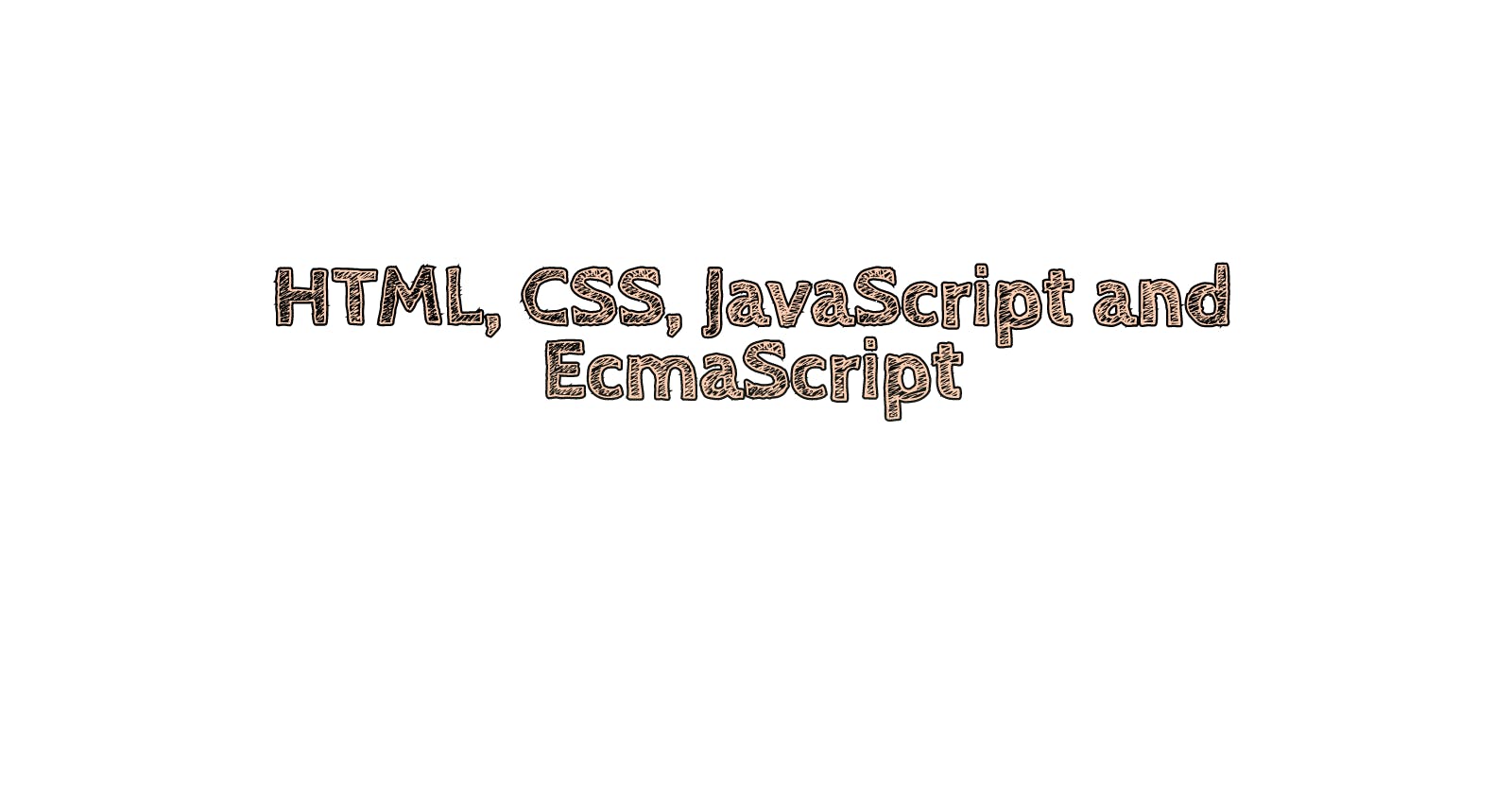What is HTML?
Hyper Text Markup Language (HTML), is and building block for web development. It can be also considered one of the basics of web technologies.
"Hypertext" refers to links that connect web pages, either within a single website or between websites.
HTML helps to build the skeleton and structure for the webpage, and Browse understands the HTML to render the content on the webpage.
HTML used various tags and content is been added inside these tags, also browser identifies the page as a web page by its doctype
<!doctype html>.
It also used CSS to beautify the page and JavaScript to add functionality.
What is CSS?
Cascading Style Sheets CSS helps us to style the webpages that we will render, and it helps us to create a good-looking UI.
Using CSS we can style many things right from the font, colors, effects etc.
We can keep the styling part separate, and the HTML skeleton part separate.
There are types of CSS that can be used Internal, External and Inline.
CSS also helps us to make our webpage responsive which helps the pages render as expected on all devices of various dimensions.
Speeds your page loading as it does not consume many resources.
It helps to create better UI and UX experiences.
What is JavaScript?
JavaScript is a High-Level, Object-Oriented, Multi-Paradigm programming language used on both client-side and server-side, which allows you to build complex features in the webpage.
Also allows you to play with API both browser and 3rd party APIs (Twitter API, Google Maps API) a complex code, A very common use of JavaScript is to dynamically modify HTML and CSS to update a user interface, via the Document Object Model API.
It helps avoid the traffic on servers i.e the repetition of the request-response cycle.
High Level
You don't have to worry about memory management for variables you create, based on Object storing data instruct **OS **to do things.
Multi Paradigms
We can use different styles of programming
In simple words, JS is the **verb **in the sentence, whereas, HTML is Noun and CSS is the adjective.
Light Weight
JS is a lightweight interpreted programming language. The web browser receives the JavaScript code in its original text form and runs the script from that.
Interpreted Language
JS is still considered an interpreted language since the compilation is handled at run time, rather than ahead of time.
You can manipulate the events on a web page with just a few lines of JS.
ECMA
ECMA International set the standards for JS after 2015 there are and shall be yearly releases of ES modules.
You just need the latest browser to execute the JS code nothing more, which off-course pretty much basic.
Compatibility
JS is Backwards compatible which follows don't break the web, which means the code of 2001 would be executed in the browser developed in 2021 but vice-a-versa won't be possible i.e JS code from 2021 won't be executed in the browser from 2001, say JS is not forward compatible.
Hence old features are never removed.
Fun fact
Brendan Eich developed this wonderful language in 10 days.
